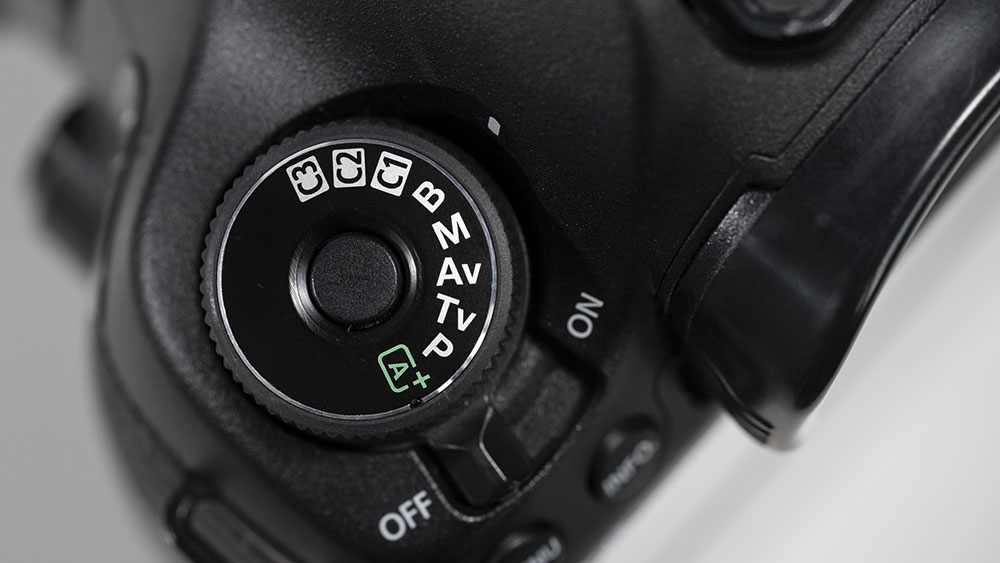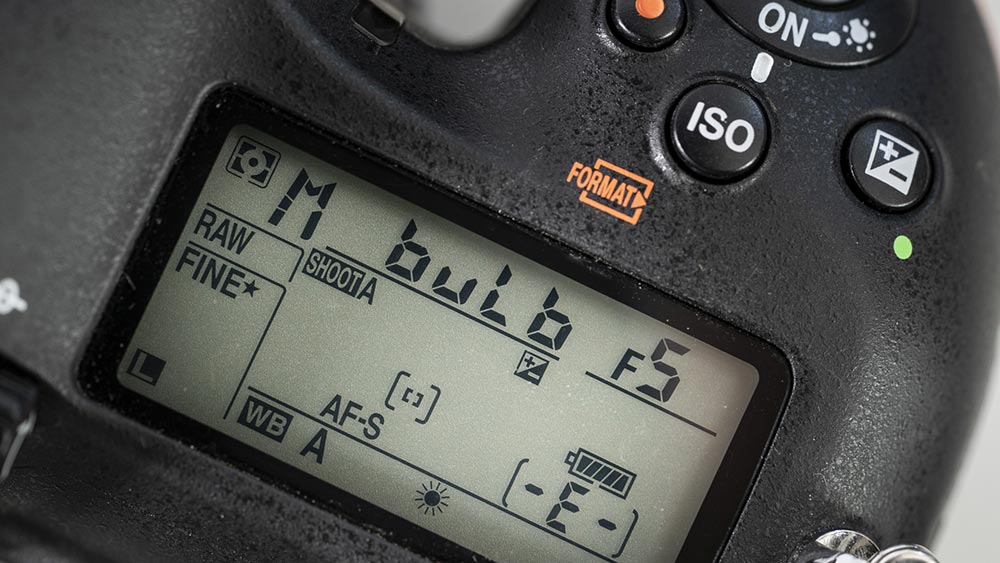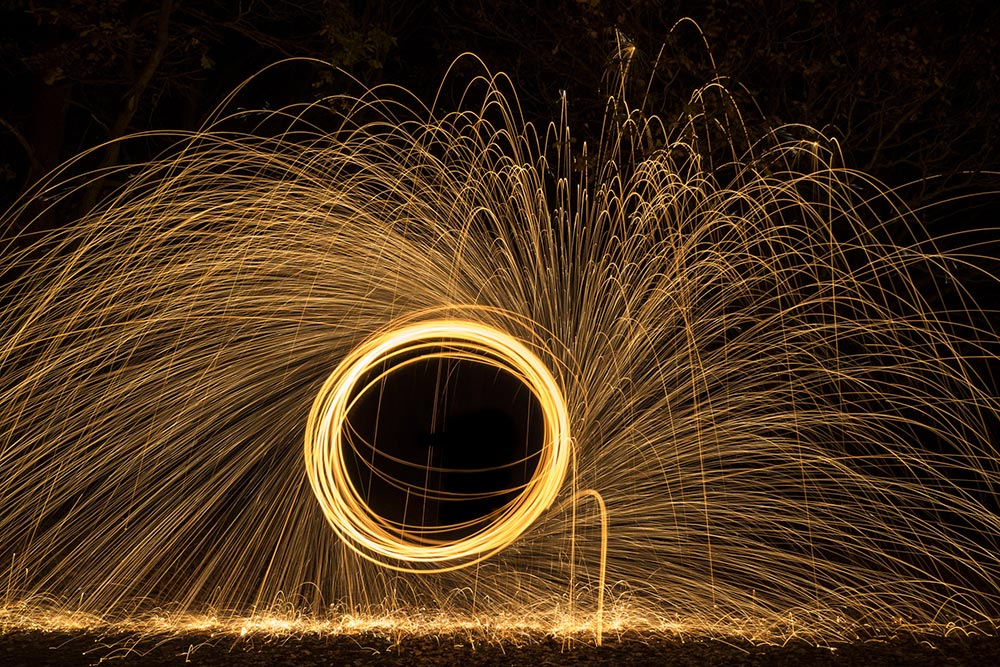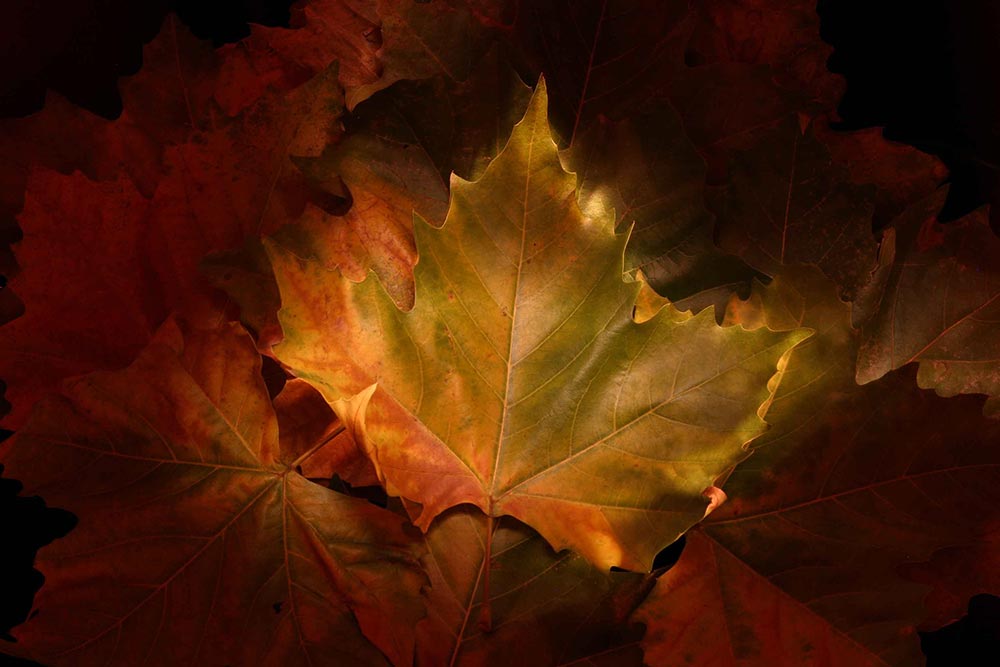How to use Bulb Mode on your DSLR or mirrorless camera
How to find bulb mode...
Some cameras have a B option on the mode dial and once you rotate the dial to this point, your camera is in Bulb mode.
With other cameras you need to switch to Manual exposure mode and then adjust the shutter speed, extending the exposure time until you get to 30 seconds. Then when you make a further adjustment, you’ll see the exposure time display showing ‘Bulb’.
Once you've selected bulb mode...
When Bulb mode is selected, you set the sensitivity (ISO) and aperture setting just as you would for Manual exposure mode. Ideally you want to keep the ISO low to minimise noise and also use the aperture setting that gives you the depth of field that you need.
The shutter stays open for as long as the shutter release button is held down although many cameras have a maximum Bulb exposure time of 30 or 60 minutes.
Tip: A tripod and remote release are essential for shooting in bulb mode
Because the shutter is open for a long time when you’re using Bulb mode, it’s vital that the camera stays completely still. That means mounting it on a good solid tripod and using a remote release to trigger the shutter. Most remote releases allow you to lock the shutter open so you don’t need to keep your finger on it, then at the end of the exposure time, you unlock it to close the shutter.
When and Where do you use bulb mode?
Bulb mode is useful at night for taking photographs of traffic trails and fairground rides. It’s also the go-to mode when you’re painting with light because you can open the shutter, paint your subject and then close the shutter.
It can also be useful in the daytime when you want to shoot a long exposure to blur the movement of clouds or water. This calls for a strong neutral density filter like a Lee Filters Big Stopper or Super Stopper. For different sized systems explore all our Lee Filters ND Filters here >
Using bulb mode
Normally when you take a shot in Manual exposure mode the camera opens the shutter and then closes it after the specified time. In Bulb mode you are in control of the exposure duration so you need to open and close the shutter using a remote release.
The easiest way to time the exposure is with a stopwatch, your phone, or using the timer facility available with some remote releases.
You can calculate the exposure time you require by measuring the exposure needed at a high sensitivity (ISO) setting. For every 1stop reduction in the ISO you need to double the exposure time. A 1 second exposure at ISO 12,800, for example equates to a 64 second exposure at ISO 100.
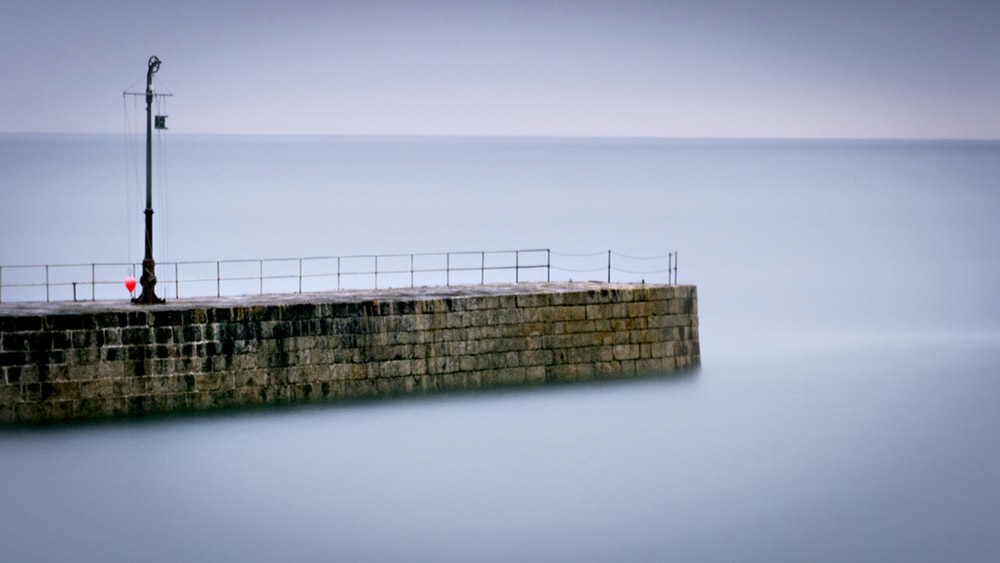
However, many photographers prefer to work on a trial and error basis. To do this, set the sensitivity and aperture you want to use. Then shoot an image with an exposure of a minute. If the image is still too dark make the next exposure longer. Doubling the exposure time will brighten the image by a stop.
Long exposure noise reduction with bulb mode
When your camera’s long exposure noise reduction system is activated it will take a second ‘dark frame’ exposure immediately after your imaging exposure. This has the same exposure as your image as it’s designed to find any hot pixels and extract the regular noise from your final image.
It can be frustrating to have to wait twice the time you expect before you see your image on the back of the camera, but it’s well worth doing.
- 29 Jun 2018




























































